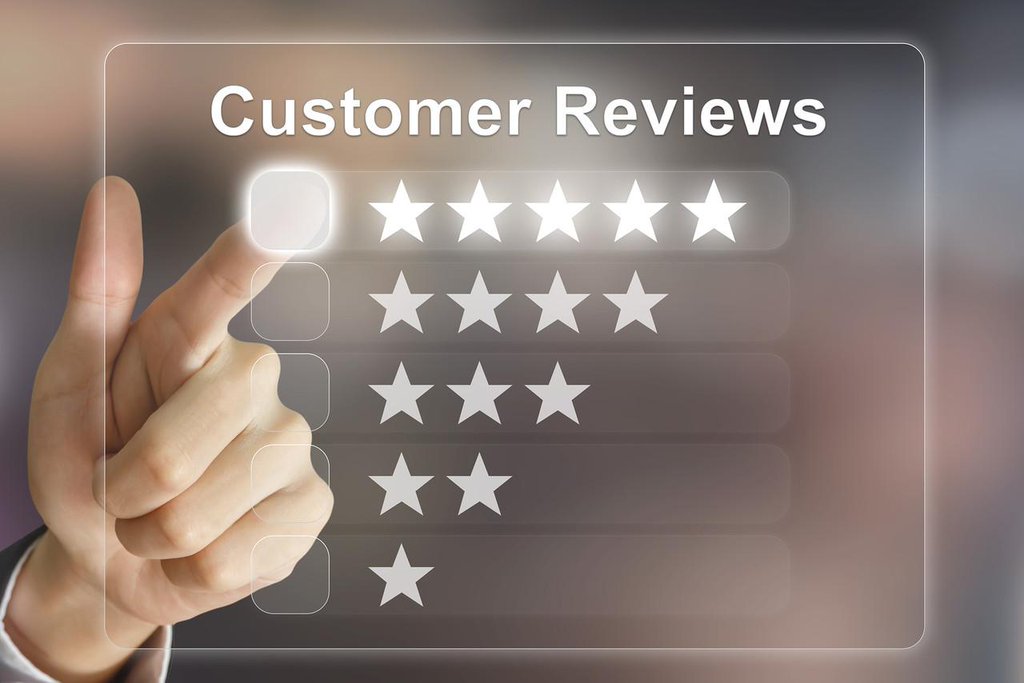The purpose of a brand is to be able to connect and reverberate with consumers. A brand has a personality. It appeals to the target audience, inspires confidence, and aids recall. Brand recognition is a major achievement in a super-crowded market place. Confusion is enemy number one! For a brand to be successful, it should be distinctive, clear in the message it conveys, and consistent in the delivery of this message.
Consumers have many choices these days. They are also bombarded with advertisements and other promotional material daily. Stand out from the crowd and don’t risk confusing your customer base with inconsistent branding. A brand gives your company an identity. It helps position your business in the mind of the consumers. Here are six smart ways you can prevent brand confusion.
1. Use Clear Naming Conventions
Create a method of naming your products and be consistent in its use. (Consistent is a word we will use a lot in this article because it is your most vital weapon for combating brand confusion). Apple names its products starting with a small “i”. It helps position the brand. When people hear iMac, iPod, or iPhone, they think Apple. We’ve grown to expect it of Apple because the brand has been consistent with its naming convention. Google names each of its successive Android software updates after sweets. Jelly Bean, KitKat, Lollipop, Marshmallow. We know the next update will be similarly named, too. Whatever convention you create, it’s important to follow it without exceptions. It shows personality, positions you in the market, and helps customers remember you.
2. Create A Unique Logo
The name of your brand and your logo should stand out and be unlike that of a competitor. Logos aid brand recall. Refer to this study, where a Nordic brand Libresse improved its brand recall by 300 percent with logo placement. Simple designs can bring your product to consumers’ minds – especially when a brand name is quirky and people are unsure how to spell it. In fact, when dealing with an international audience, images may work better than names and taglines (which may be particular to your culture). It might be tempting for companies to borrow, steal, or copy logo ideas from successful companies. Resist this temptation at all costs! Apart from coming across as unoriginal, you also don’t want to cause any confusion in the minds of your target customer base.
3. Use Your Logo Consistently
Do you use the logo the way it is, or are there any variations? Ideally, there shouldn’t be any variations. Use one smart logo and use it consistently. Whether in marketing material or Web/print ads, your logo has to look the same everywhere to help customers with logo recognition. Due to space constraints, however, the size of the logo is sometimes compressed (or in rare cases, blown up). Try to avoid such occurrences whenever possible and present the logo in line with your brand standards.
4. Create A Unifying Color Scheme
Many consumers associate red with Coca-Cola and blue with Pepsi. Anyone who visits Pepsi’s website would find it odd if it were steeped in the color green. Or yellow. Or orange. In fact, any color except blue! Through its advertising over decades, Pepsi has led us to associate the brand with blue, even if that color may not have anything to do with the product they sell. That is how Pepsi has branded and presented itself, and that is what customers know and have come to expect from it. There’s a reassuring sense of familiarity about that color scheme. The lesson here is clear. You want to be consistent in the image you present to the world. That means your website, the marketing material, the downloadable resources, your software services, or even product descriptions – all the pages, and all the content that you create for the consumption of your audience should have a unifying color scheme running through it. It should tie in with the colors in the logo as well as the brand name. This will serve three main purposes:
- It will make your company and brand look professional. Neat designs and consistent colors are aesthetically pleasing.
- It will deliver a consistent user experience.
- It will make an impression on visitors.
Ultimately that is what you want, and that is what makes a brand. When there is harmony in design and colors, a company’s public presence comes together as a beautiful whole and that is what consumers tend to remember. Yahoo is known for the purple. Now users may not be able to articulate what the brand Yahoo stands for in their eyes, but you can bet the color pops up in their mind when they think about it.
5. Keep Job Titles Consistent
It’s not just the colors, the logo, and all the other bells and whistles. The customer service is also a part of brand experience. When customers are interacting with your staff, there should be consistent job titles for them to look at. Do you have Account Managers or Account Executives? Marketing Directors or Marketing Managers? Who has the higher rank? What exactly do they do? Whatever job titles you choose and whichever hierarchy you create, it has to be made clear to the customers. They should know what the Account Manager (or the Account Executive, as the case may be) does. It’s a trend these days to use unconventional job titles. Retail Jedi, Digital Dynamo, Dream Alchemist, and Marketing Rockstar are some particularly eccentric ones. It may be counter-productive to use weird (or creative!) job titles, but just make sure to convey to consumers what role each person on your staff delivers. Conventional or not, display consistency in the use of the job titles, because interaction with a company also affects how it is perceived as a brand.
6. A Word On Rebranding
Brands aren’t necessarily expected to maintain the same identity forever. Many have had makeovers. Uber has recently unveiled a new look, what the media is referring to as “radical rebranding.” They have changed their logo and the app looks different as well. There are a number of reasons a company might want to rebrand. You may have expanded as a business or lost ground to a similar sounding competitor. Your latest flagship product may have flopped and you may feel the need to reinvent yourself. New name, new colors, new message. But when rolling out a new brand name or identity, be sure to execute a carefully planned PR campaign and keep your current customers in the know.


